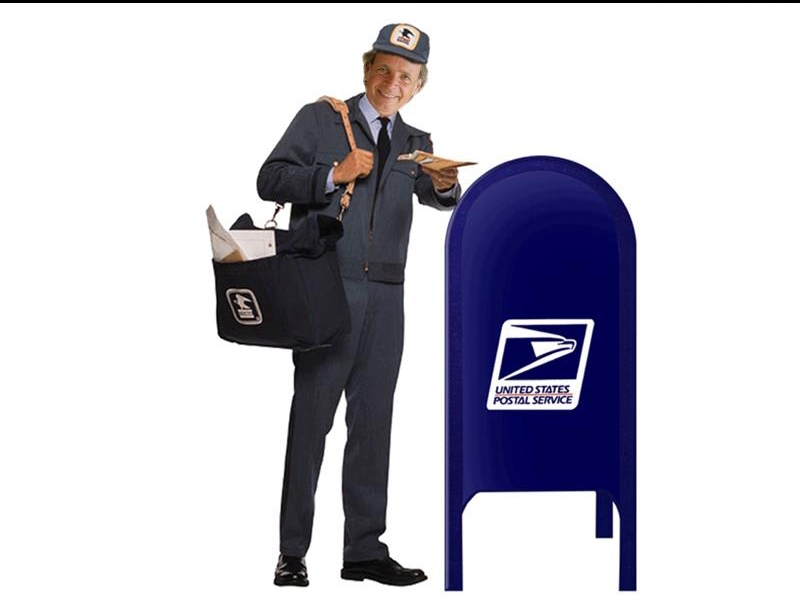“Neither Rain, Nor Sleet, nor gloom of night…” US postal workers were perhaps the first people to guarantee service no matter what. They’re dependable, give you the information you need and in a way were the first deliverers of express messages in the form of post cards. Here are some of the ways your Smartphone is a lot like your mail man.
Since the old days when carriers would ride on horseback across vast distances to deliver messages from far away, man has attempted to communicate without the limitations of direct physical contact. Today the horse has been replaced by radio waves the carrier has become a complex network of satellites and even the letters, once written by hand in ink on paper, have been replaced by digital displays. The concept however has remained essentially the same. I would like to send a message from point A to point B as quickly and reliably as possible, I would also like to receive any replies under the same conditions. Seems pretty simple right?
It is.
Our phones have become modern day mail carriers. They don’t drive down our neighborhood main streets and leave letters in our mailboxes on the curb. They travel superhighways of information and deliver data (images, messages, music and video) to our inboxes in the palm of our hands. They don’t fly across oceans in biplanes carrying burlap bags full of correspondence. They travel to space and back carrying packets of information spanning the entire gamut of human imagination.
The appearance has changed also. Instead of worn leather dusters and cowboy hats to protect our riders there are now iPhone cases and Android cases that seal out the elements and protect our new deliverers. There are no pudgy men in pith helmets here; the modern mail carrier is sleek, slim and attractive to the user. Indeed we have come a long way. What was once the pony express soon gave way to locomotive steam power. Trains gave way to steam ships and airplanes, the first national and international providers of communication. Before long, written messages were being transferred via coded signal and telegraph lines. One glorious day voice signals were transferred over those very same lines and the first telephone was invented. It wasn’t long before the personal computer and the internet gave rise to wireless communication. Computers became smaller. Phones became portable. Inevitably the two merged and the Smartphone was born.
Over time Smartphones have advanced. They are now capable things our ancestors never would have dreamed possible. Yet essentially their purpose has not changed, delivering information from one source to another is proof positive that some things never change. In this modern age it seems like everything is being done electronically.
Like the motto says ‘not rain, nor sleet, nor snow…’ one of many major improvements of the digital age is the lack of reliance on the weather. Snow can pile up outside for days, let it. Chances are you can still play Angry Birds and check your work inbox remotely without ever have to set one foot outside. Whether our digital delivery system will ever completely replace the traditional mail service is yet to be seen. It has made a significant impact however, of that we can be sure. Rather than enemies however, I would prefer to see the two as more so compliments than competition.
With USPS apps to track packages and schedule deliveries the job has only gotten easier, with a side of convenience. It is now quicker and simpler than ever to make contact from anywhere in the world to anywhere else in the world (virtually.) Perhaps the natural progression of technology has created the ultimate tool to fulfill the original propose our mailman was created for. To keep us all connected.




How Our Smartphones Are Like Mail Carriers